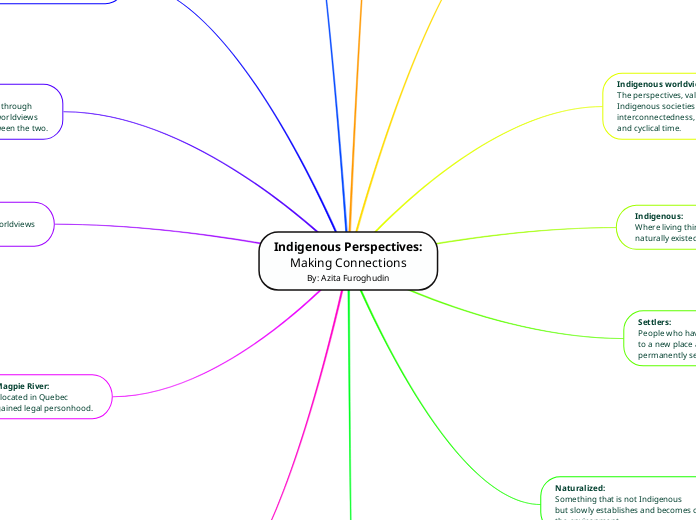door Azita Furoghudin 1 jaar geleden
178
Indigenous Perspectives: Making Connections By: Azita Furoghudin

door Azita Furoghudin 1 jaar geleden
178

Meer zoals dit